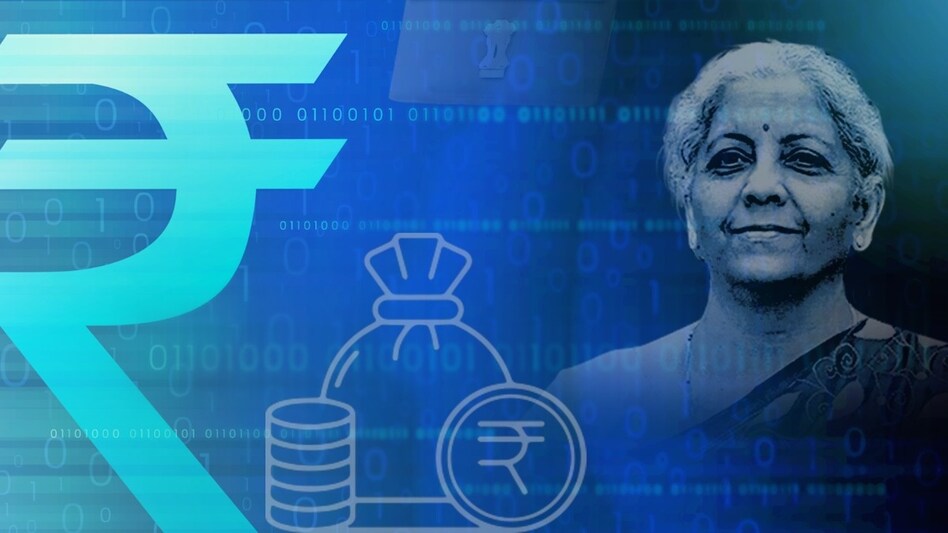 PI's presence in seven countries is just the beginning. The Budget is expected to unveil ambitious plans for international expansion.
PI's presence in seven countries is just the beginning. The Budget is expected to unveil ambitious plans for international expansion. PI's presence in seven countries is just the beginning. The Budget is expected to unveil ambitious plans for international expansion.
PI's presence in seven countries is just the beginning. The Budget is expected to unveil ambitious plans for international expansion.With a staggering 16.58 billion financial transactions in October 2024, UPI processed an impressive ₹23.49 Lakh Crores showcasing the unprecedented growth of the country’s financial landscape. This remarkable 45% year-on-year growth isn't just a statistic, it outrightly showcases India's digital payment revolution. Yet, as we stand at this crossroads of transformation, here’s an anticipatory snapshot of what the Budget 2025 might entail for this burgeoning sector?
Now, imagine a future where every street vendor, every small shop, and every rural enterprise participates in the tech-powered financial ecosystem. Currently, with only 6.3% of India's 64 million businesses digitised, the upcoming budget promises a world of exhilarating potential. At the same, it is also expected to lay down a veritable roadmap to realize the same.
The digital infrastructure imperative
As India commands 49% of global real-time payment transactions, Budget 2025 is poised to address the infrastructure gap head-on. What's in store for the 93.7% of businesses yet to embrace digital transformation? By prioritizing the expansion of UPI services and enhancing digital payment capabilities, the focus should be on bridging the significant gap in business digitization. Experts anticipate robust frameworks for simplified onboarding processes, enhanced connectivity solutions, and robust support systems to make digital adoption seamless for enterprises of all sizes. The government's commitment to strengthening digital infrastructure, particularly in rural and semi-urban areas, demonstrates its vision for inclusive growth.
Breaking international barriers
UPI's presence in seven countries, including its groundbreaking foray into France, is just the beginning. The budget is expected to unveil ambitious plans for international expansion, particularly in regards to PM Modi’s pitch to include all six BRICS member states. The emphasis on globalizing UPI services will open new avenues for cross-border transactions while simplifying international trade. This expansion will help position India as a global fintech leader. But how will this global reach benefit local businesses of Bharat?
Bridging the rural-urban divide
As rural India stands at the cusp of a digital revolution, the focus isn't just about infrastructure—it's about transformation. With targeted allocations for financial literacy and digital infrastructure, the Budget 2025 should provide last-mile connectivity solutions aimed at bringing digital payments to every town, village, and hamlet. One of the most effective strategies that can be adopted to reach underserved populations and promote digital transactions is through digital payment awareness campaigns.
Empowering MSME through digital innovation
For MSMEs facing a credit gap of Rs 20-25 trillion, targeted initiatives to facilitate digital adoption seem like a promising way forward. Understanding the challenges faced by small businesses, streamlined compliance norms and enhanced access to credit through digital channels such as TReDS and ONDC will support them in accessing credit and markets.
The innovation roadmap
What's next for India's fintech ecosystem? Recognizing the importance of technological advancement, the budget is anticipated to unveil regulatory sandboxes for blockchain and AI innovations, while maintaining robust security frameworks. This balanced approach will encourage fintech startups to develop new solutions while ensuring user trust and data protection.
The Union Budget 2025 isn't just a policy document; it's a blueprint for India's fintech future. By weaving together infrastructure development, international expansion, rural inclusion, and technological innovation, it aims to carve a new era of digital empowerment and financial inclusion that covers every citizen of Bharat.
The author is the Co-Founder & CEO, Olyv. Olyv is a leading personal loan and financial solutions platform.